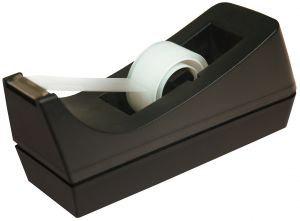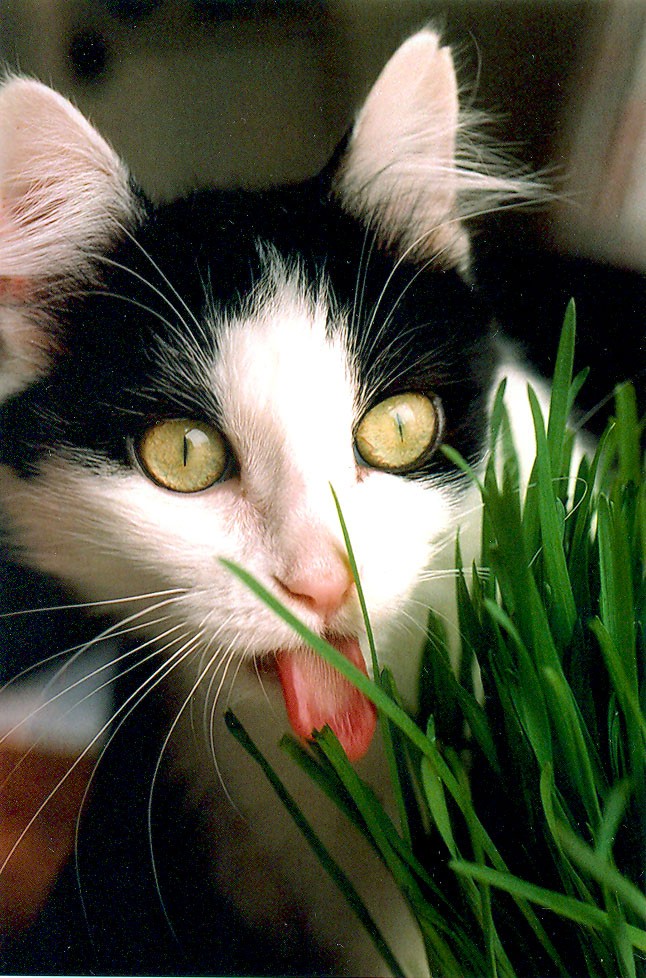 I now try to avoid running food trials in mid-summer. Certainly on first presentation, with no previous history of allergic dermatitis, I tend to treat accordingly and wait to see what happens later in the year as vegetation dies back.
I now try to avoid running food trials in mid-summer. Certainly on first presentation, with no previous history of allergic dermatitis, I tend to treat accordingly and wait to see what happens later in the year as vegetation dies back.
Food allergic dermatitis does not have a seasonal basis, so if the signs resolve or exacerbate over the course of the year, food allergy is not the primary cause (although some cases can confuse us as they have both an element of food allergy and atopic dermatitis).
I have also seen cases started on food trials in the summer months that appear to get better as the year progresses, only for the owner to become reluctant to challenge as the dog is “better” – whereas, in reality, the improvement is the result of reduced exposure to an environmental allergen.
So I usually wait and see if the signs persist to suggest a non-seasonal allergic dermatitis, and THEN do a food trial.










